Tin tức
More than 80% of new car buyers paid over sticker price in January
For more than a year, buying a new car has presented a new set of challenges. Inventory levels are limited because of an ongoing parts shortage and prices are higher.
In some cases, prices are a lot higher. New research from Edmunds shows that more than 80% of new car buyers are paying above sticker price. According to the automotive data publisher, the average transaction price for a new car or truck climbed to $728 above MSRP in January. In January 2021, the average new car buyer paid $2,152 below MSRP.
Automotive manufacturers are not happy. Both Ford and GM have recently admonished dealers over gouging customers. Phillip Kane, CEO & managing partner at Grace Ocean, LLC, which consults the auto industry, said they have good reason to take that position.
“While vehicle dealers are independent franchise owners, they ultimately reflect upon the brands they represent,” Kane told ConsumerAffairs. “So, for the average consumer, if a dealer engages in what they deem shady business practices, most often they associate these tactics with the manufacturer, not necessarily the dealer.”
Can reduce future sales
Kane says the extra cost for consumers can also result in fewer cars sold in the future when supplies are back to normal. When the extra cost is financed for 60 to 72 months, the consumer is likely to owe more on the car than it’s worth until the final months of their loan, causing them to postpone their trade.
“This means that in the future, the vehicle manufacturers will sell fewer cars and earn less profit,” Kane said.
In the industry, this extra cost is referred to as a “market availability fee.” In other words, since the car a consumer may want is in short supply, the dealer feels it can charge more. When negotiating with a dealer, any mention of a “market availability fee” may be a cue to visit another dealer.
Many consumers are willing to pay
Extending a vehicle search another 100 miles will often find dealers with more competitive prices. The savings could make the extra travel time worthwhile.
“The fact that an overwhelming majority of consumers are paying above sticker price would have been unthinkable even just a year ago,” said Jessica Caldwell, Edmunds’ executive director of insights. “This is in part driven by affluent consumers being willing to shell out more cash to get the vehicles that they want, but there’s also a vast population of individuals who are being forced to do so simply because they need transportation and have no other choice.”
Automotive expert Richard Reina, product training director at CARiD.com, says it’s all a matter of supply and demand.
“The market will return to something resembling normalcy once supplies start to fill back up,” Reina told ConsumerAffairs. “As the chip shortage eases, this gap is expected to ease by late 2022.”
In the meantime, Reina says turning to the used car market will offer no relief. Used car prices have skyrocketed since consumers started buying more used cars.

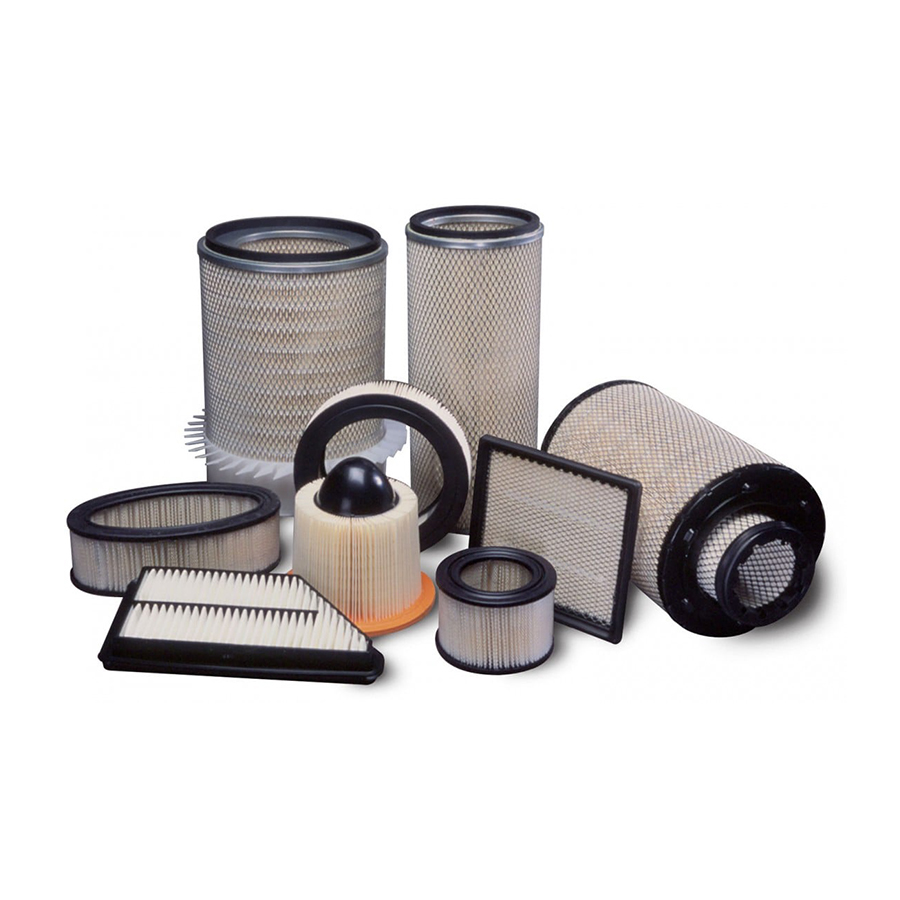
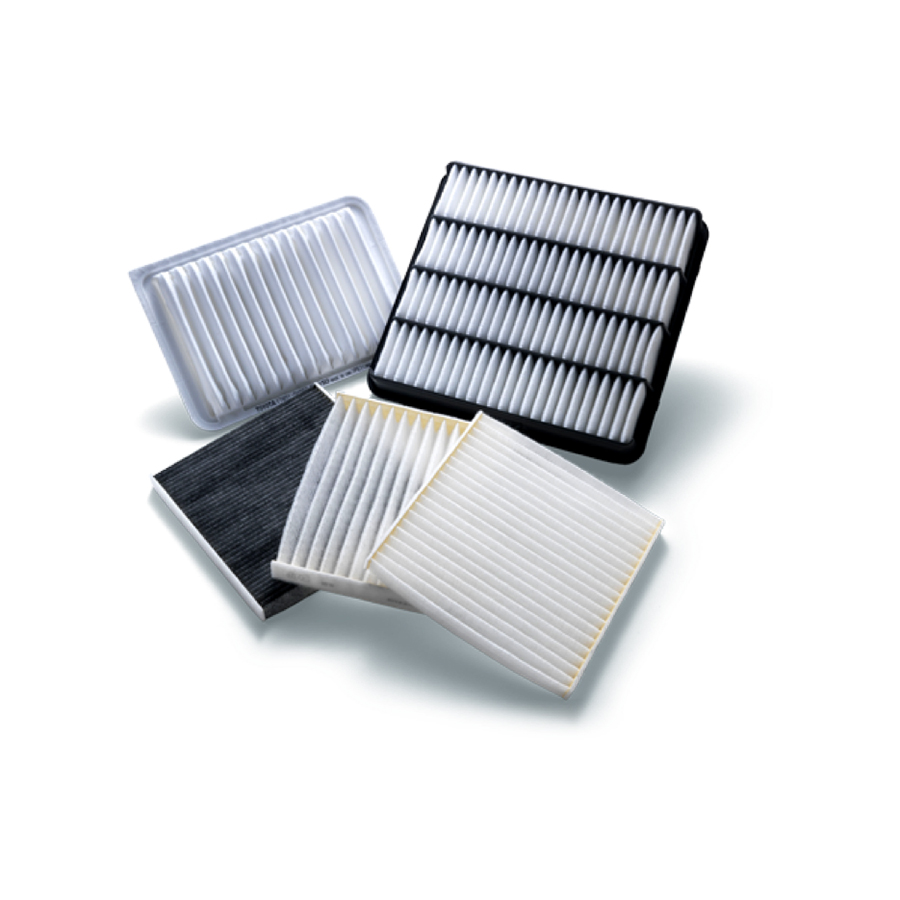
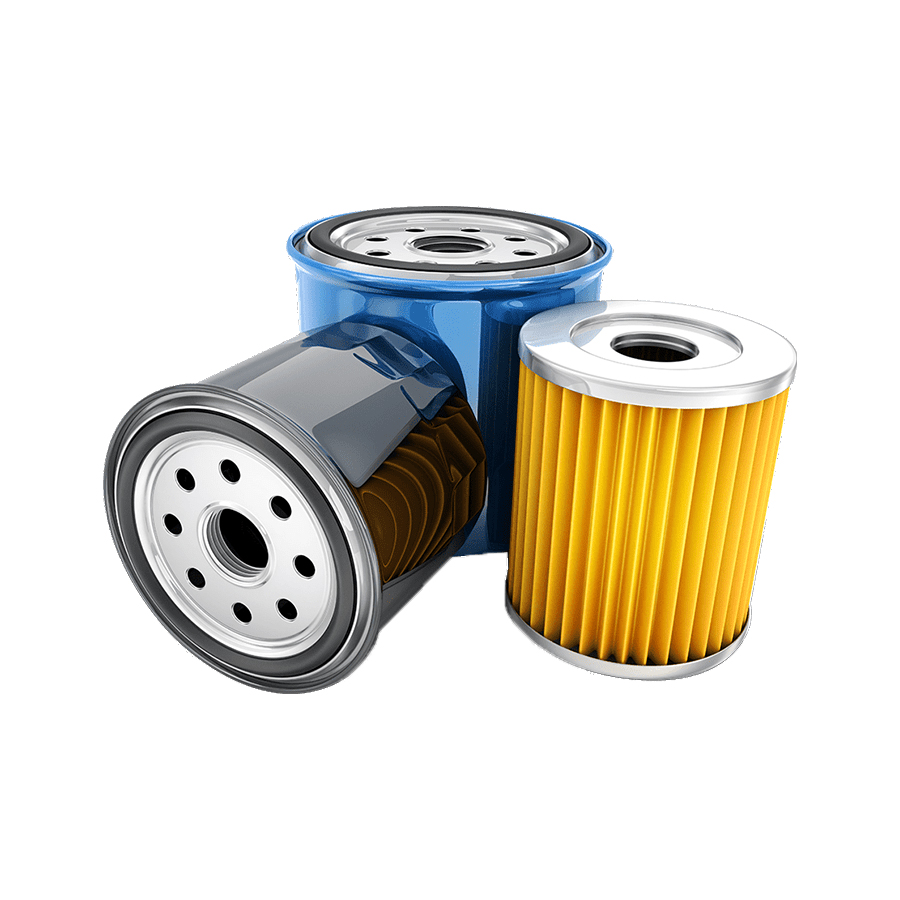
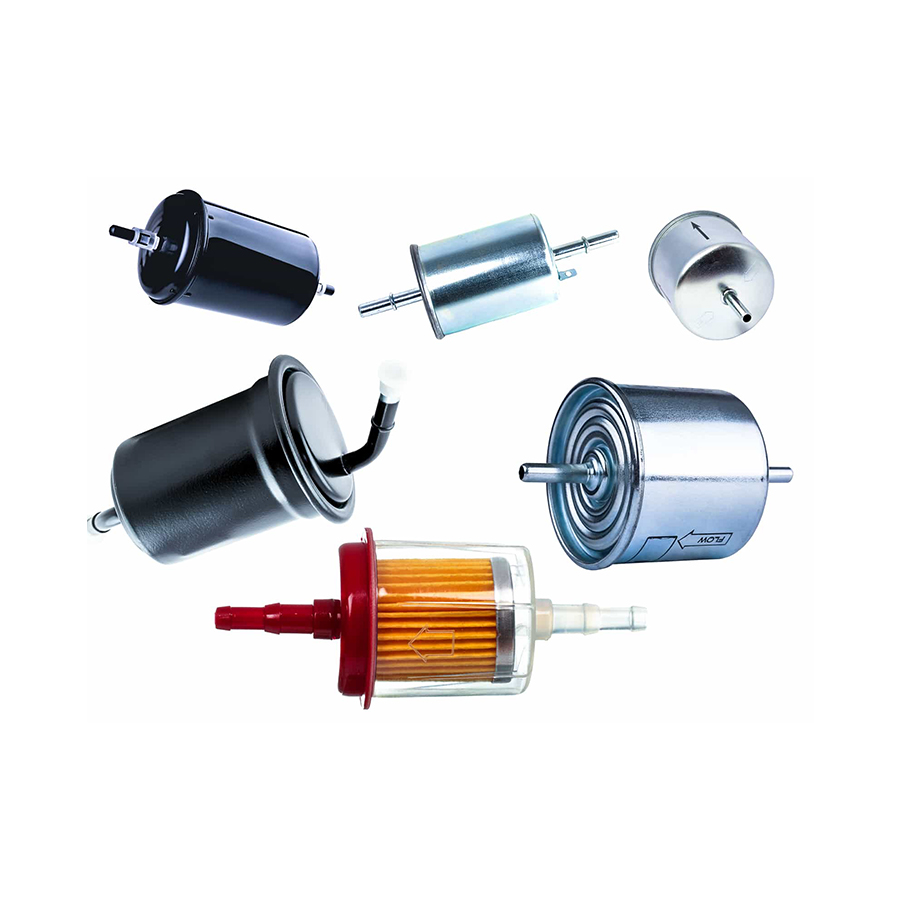
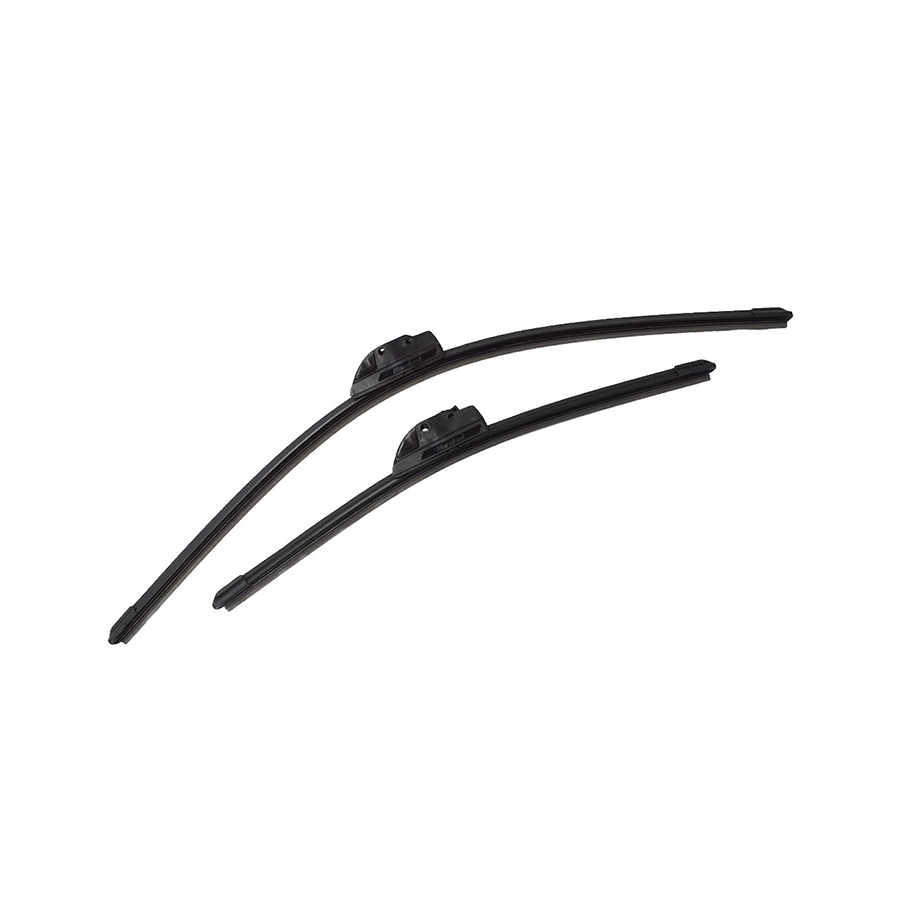
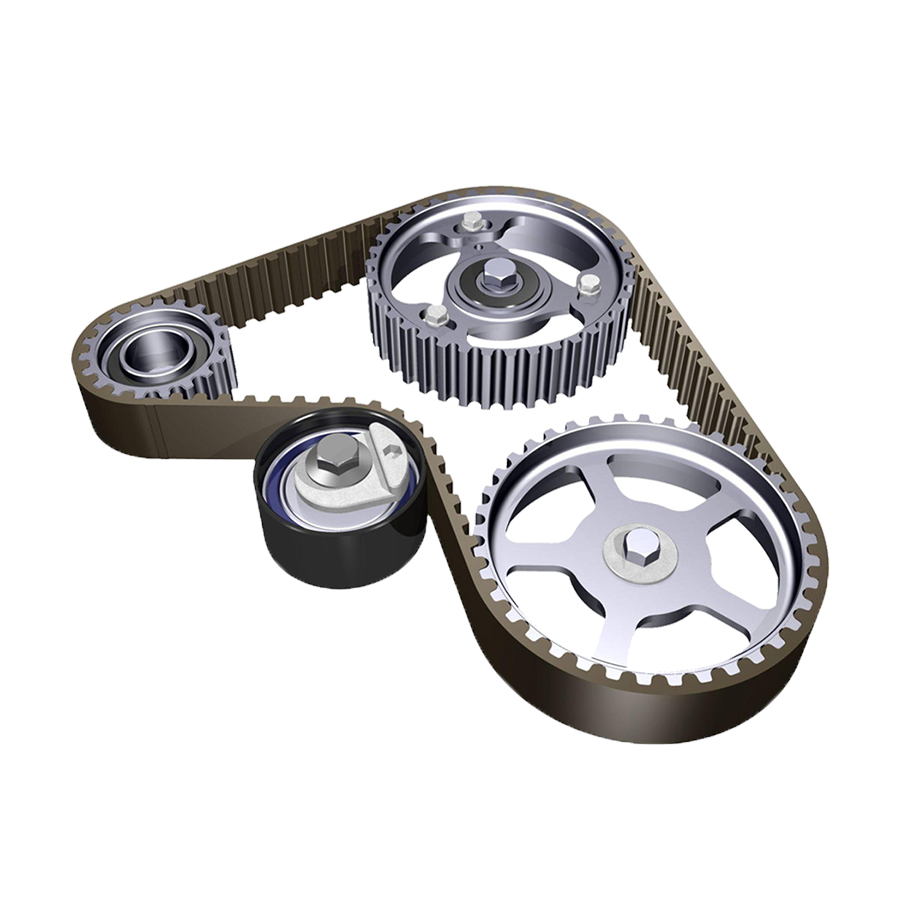
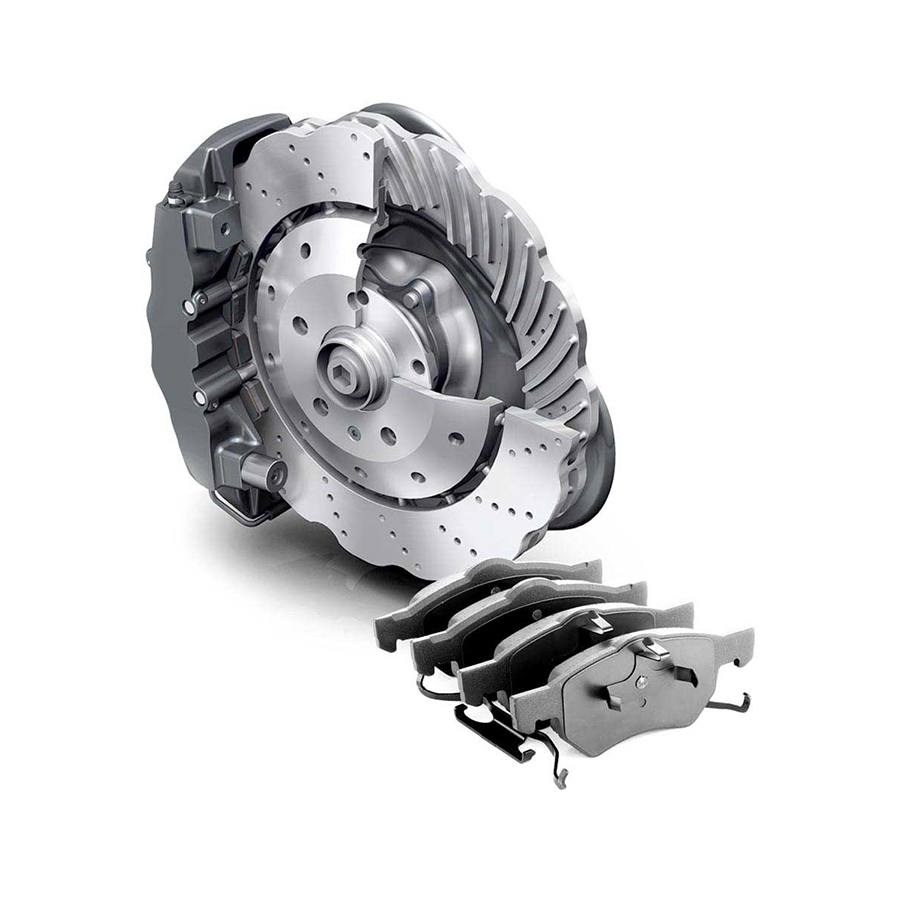

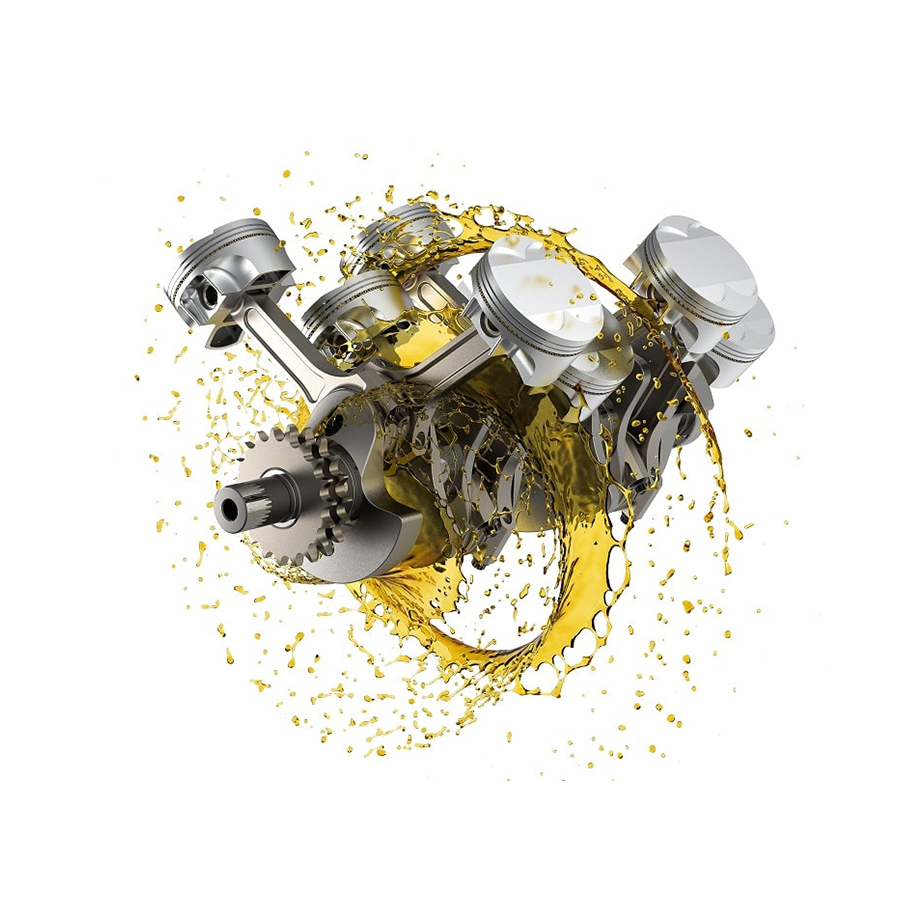

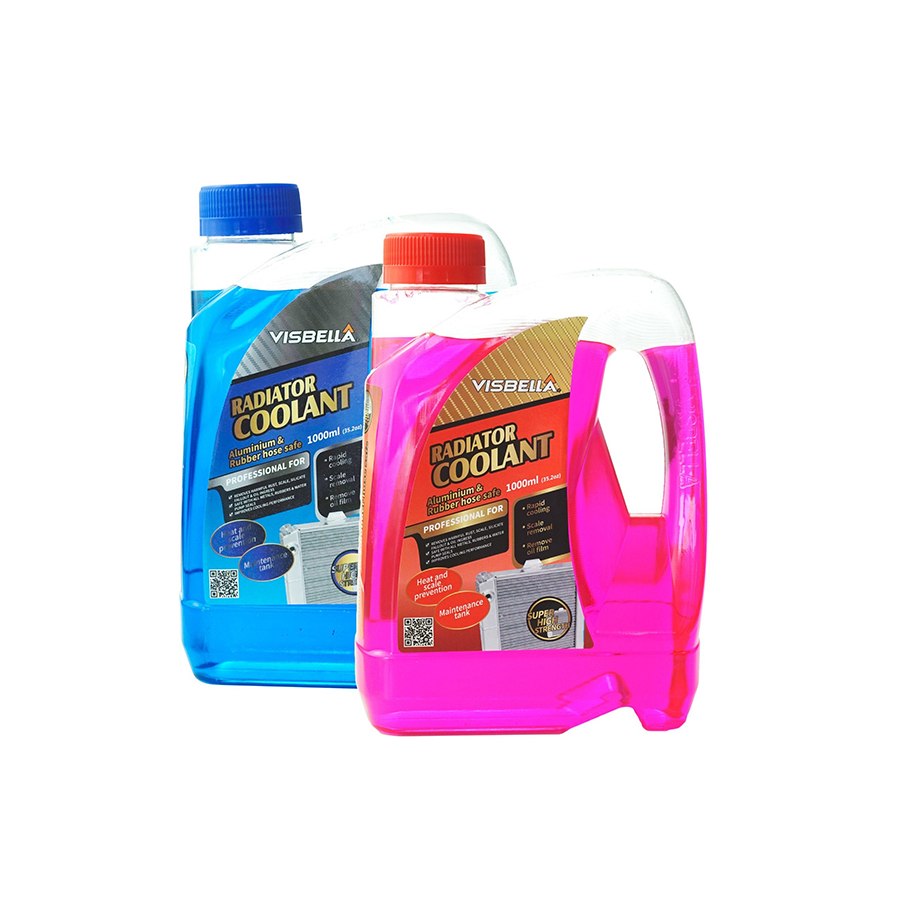
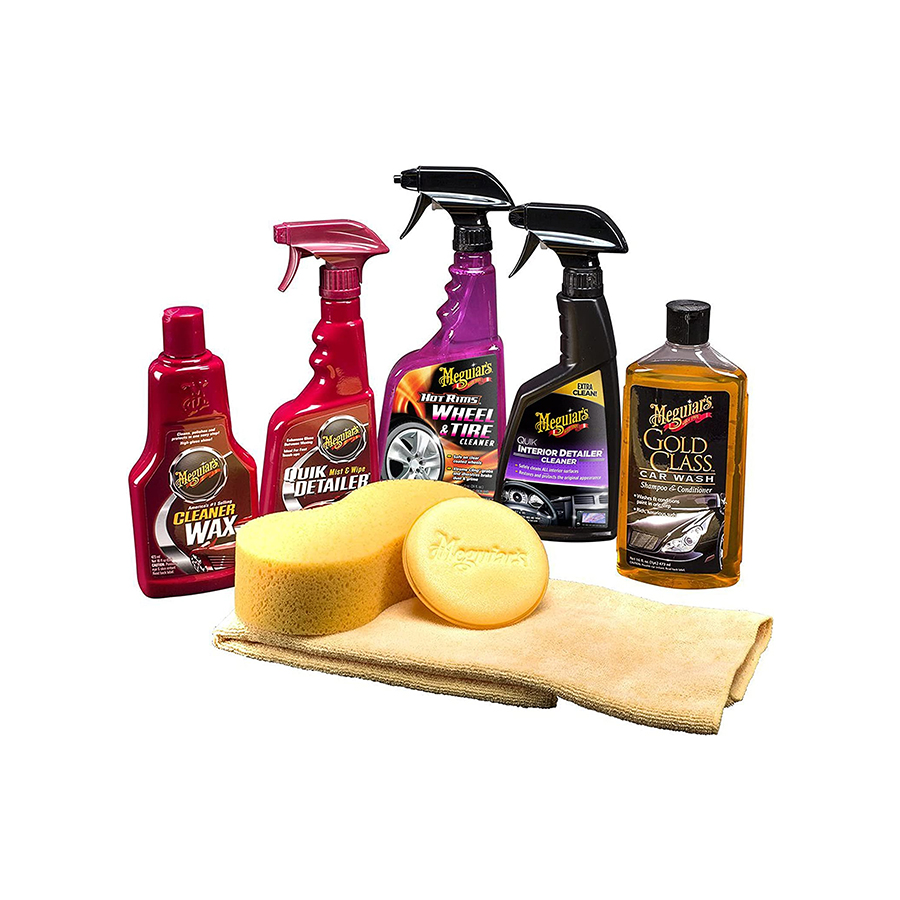
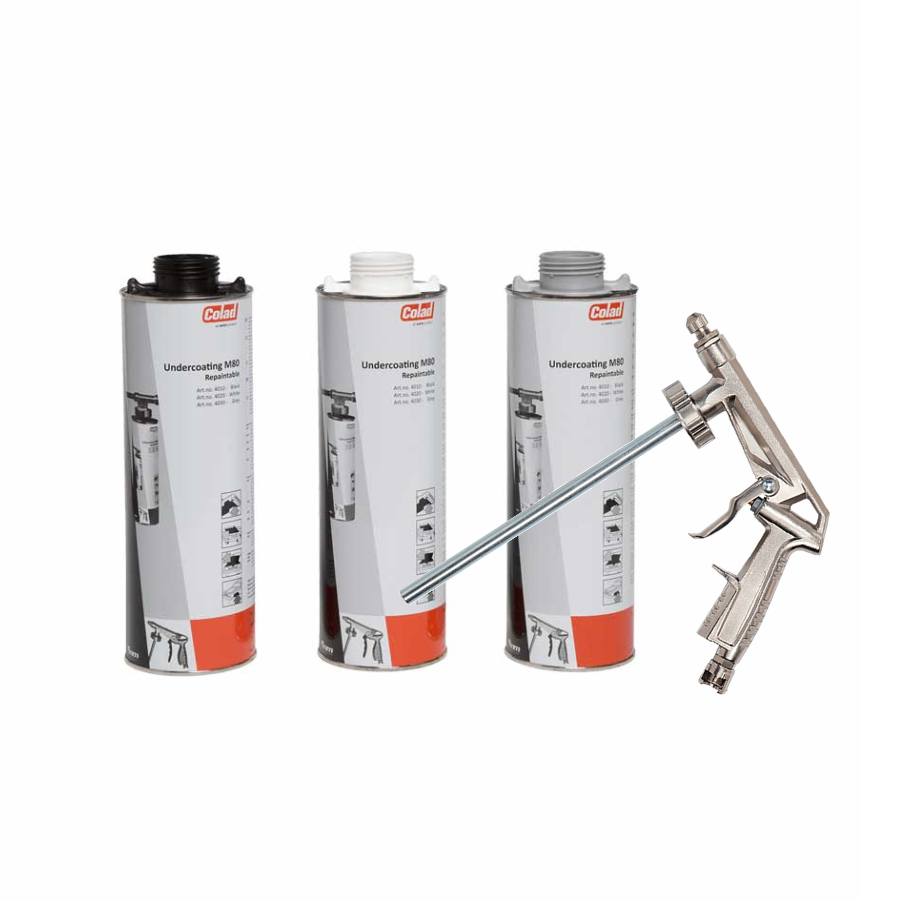
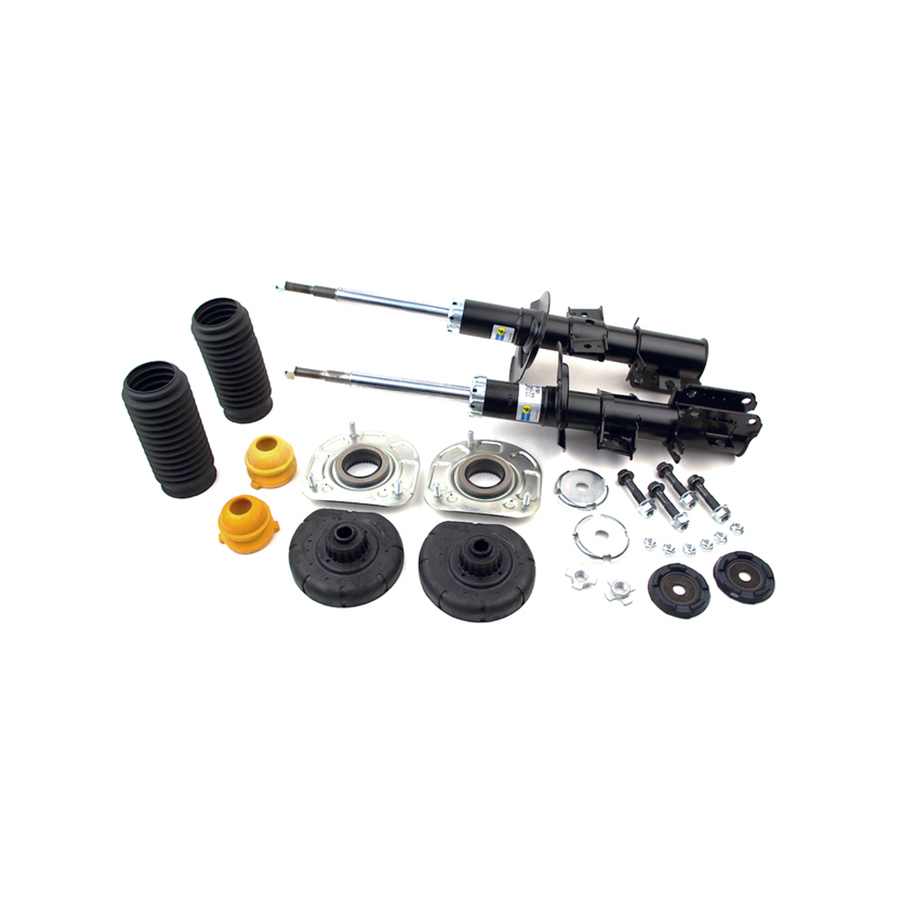
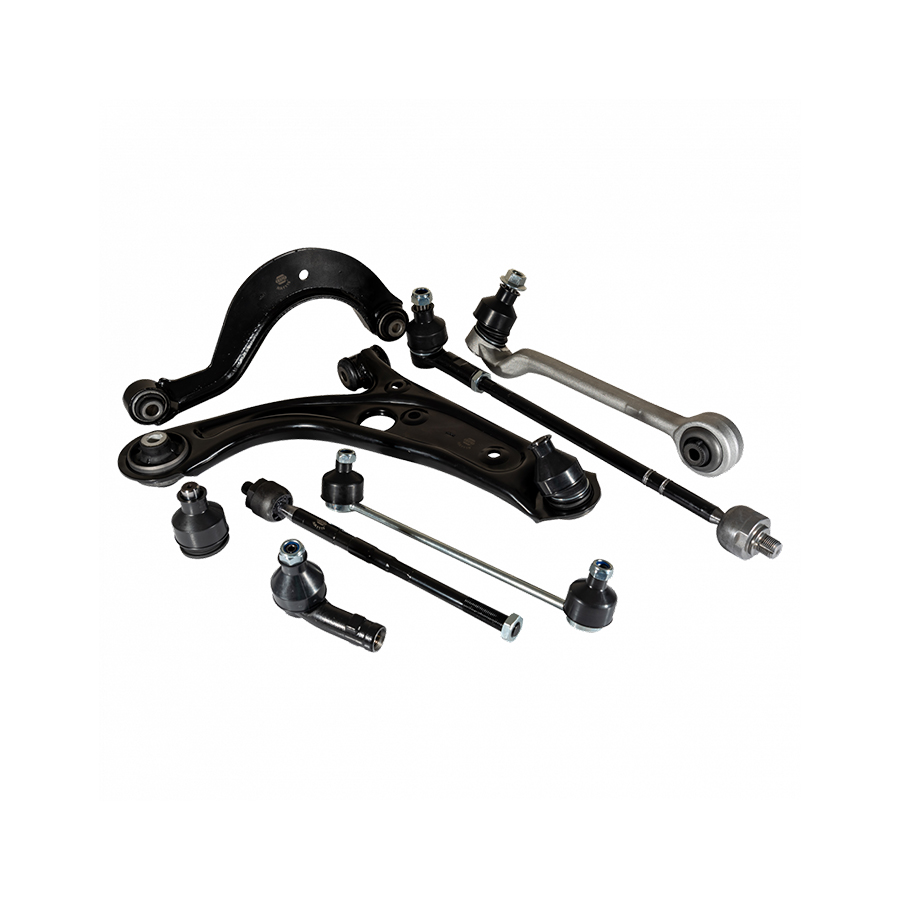

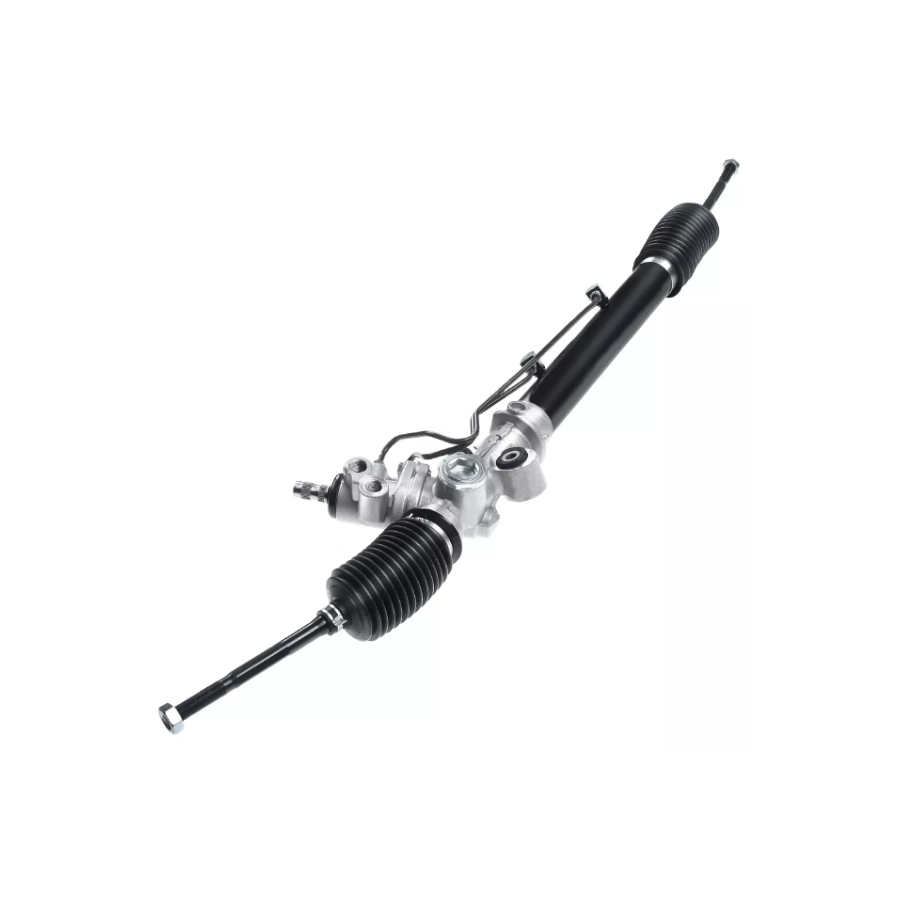
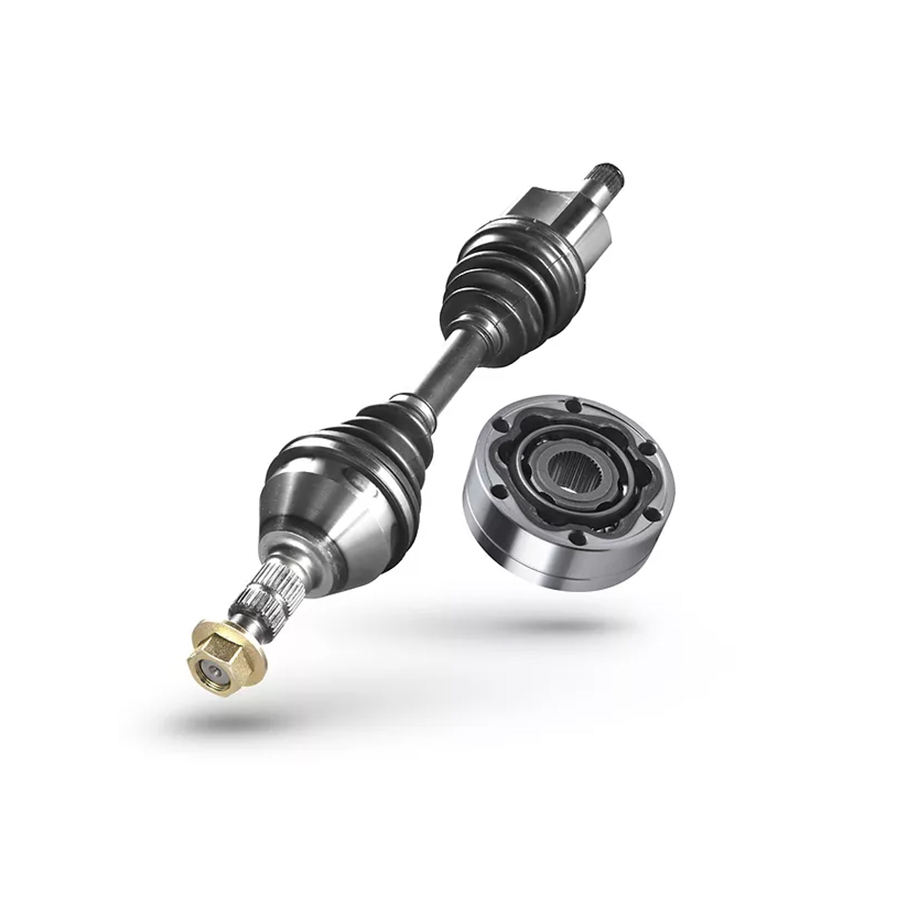
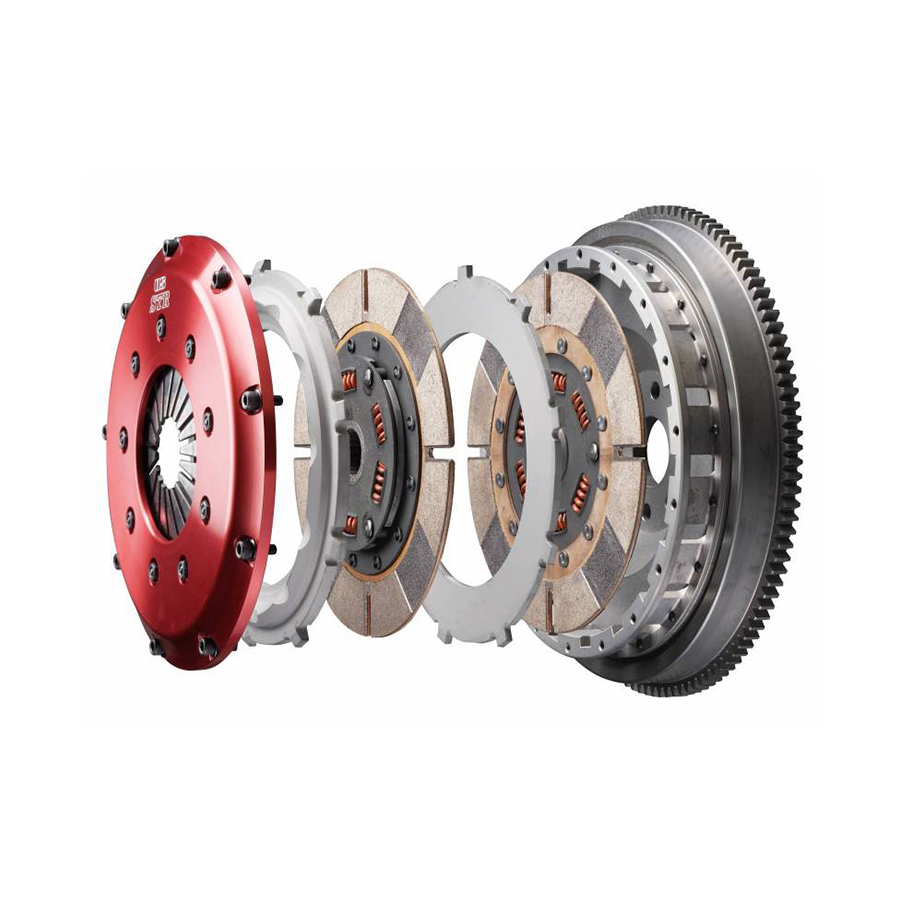
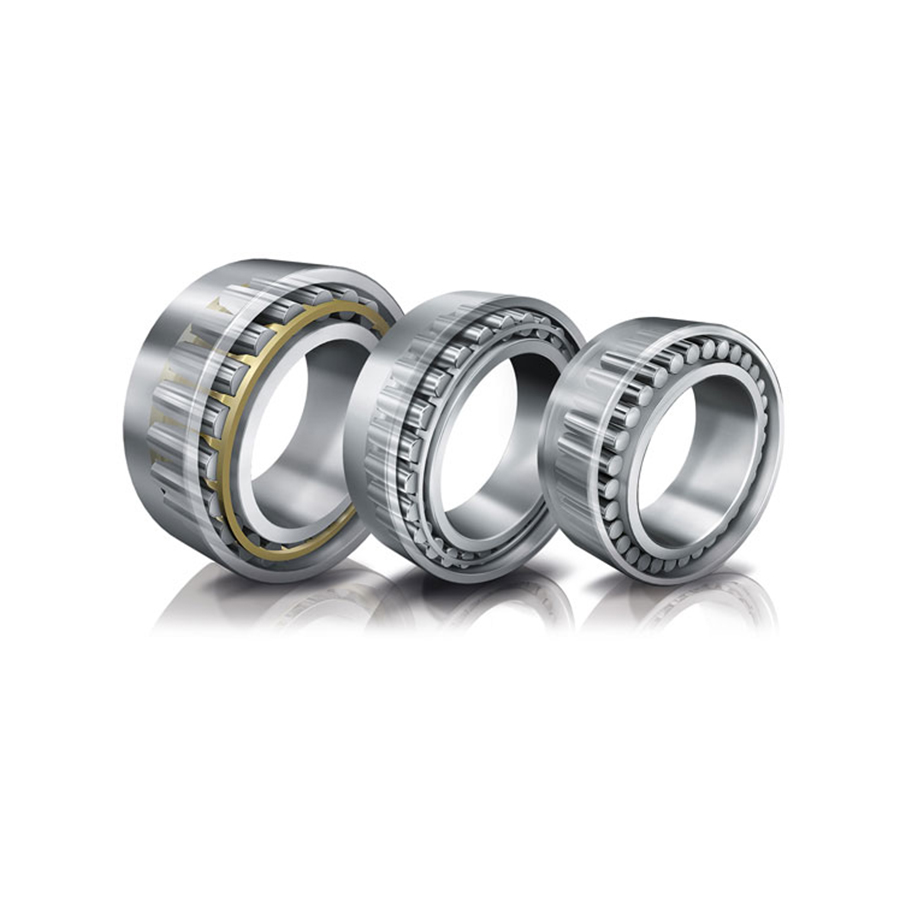
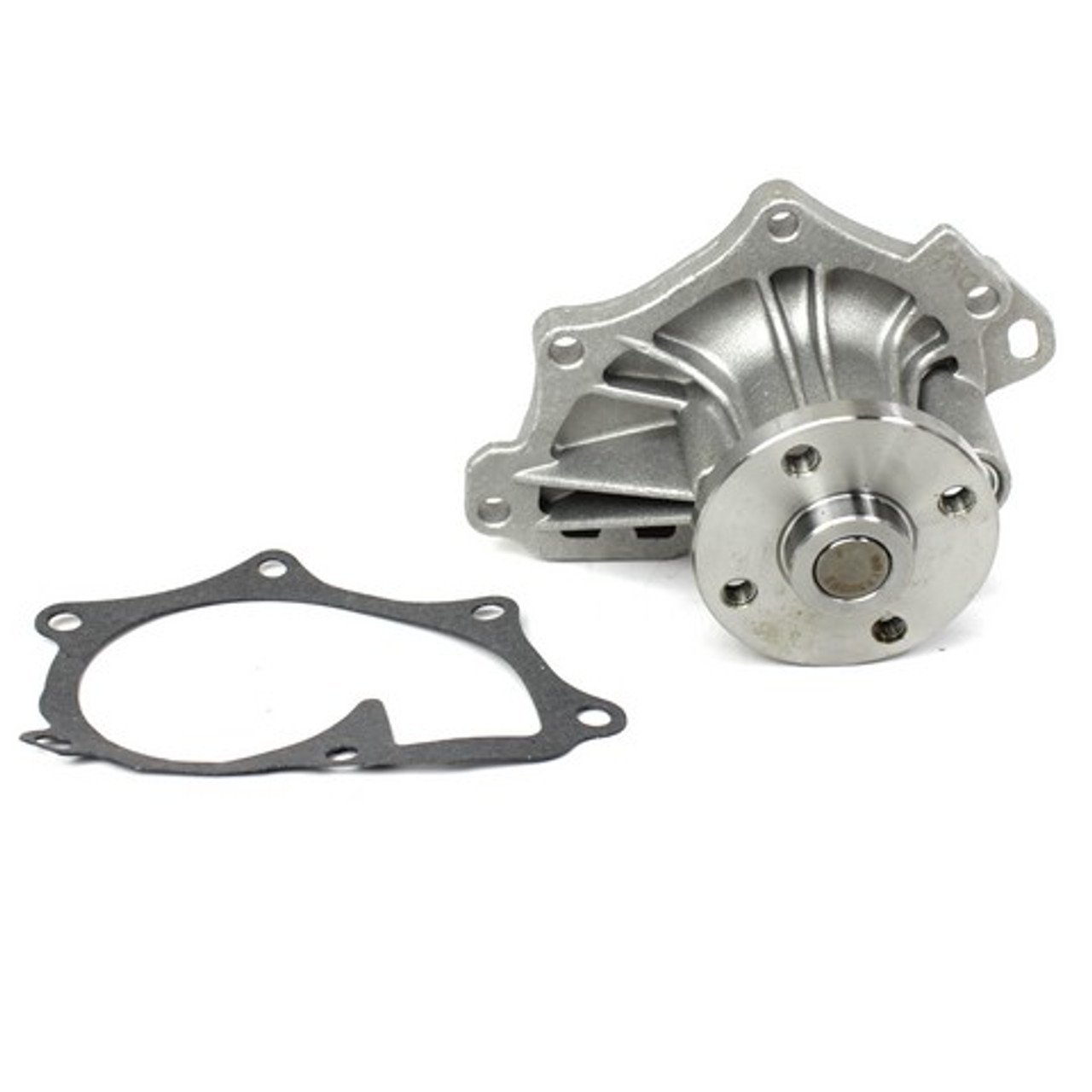
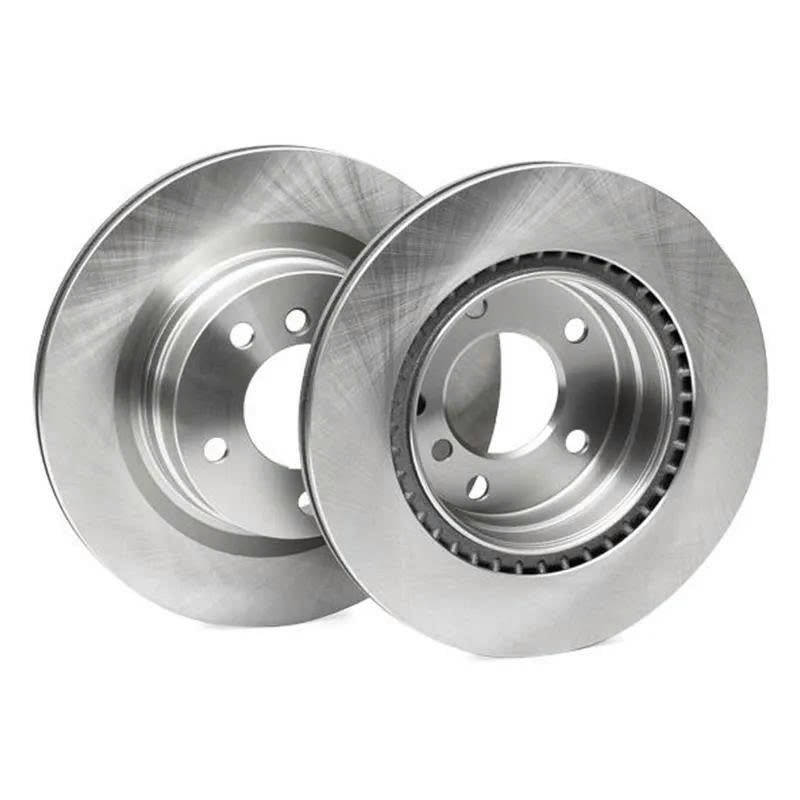



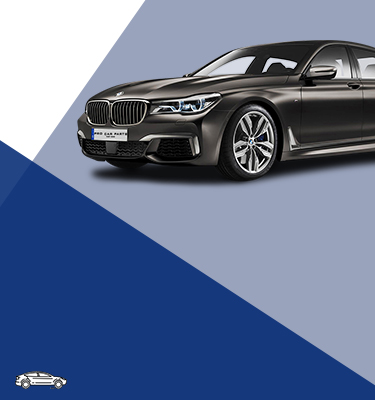
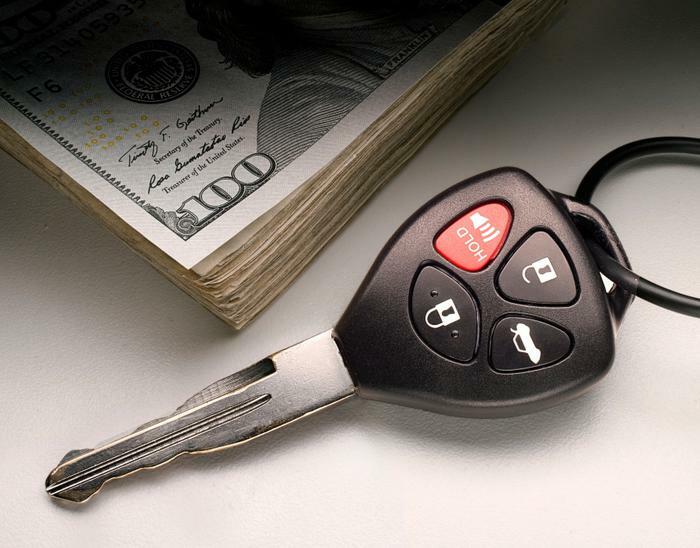
https://shorturl.fm/5j9f3
https://shorturl.fm/pjNKG
https://shorturl.fm/tmf4K
https://shorturl.fm/yBzB6
https://shorturl.fm/WFUFb
https://shorturl.fm/3ts0l
https://shorturl.fm/Z62UM
JL18Login! Okay, okay, never heard of it before, but might be worth checking out. Anything new is worth a shot, right? Go take a look at jl18login!
https://shorturl.fm/OT6AQ